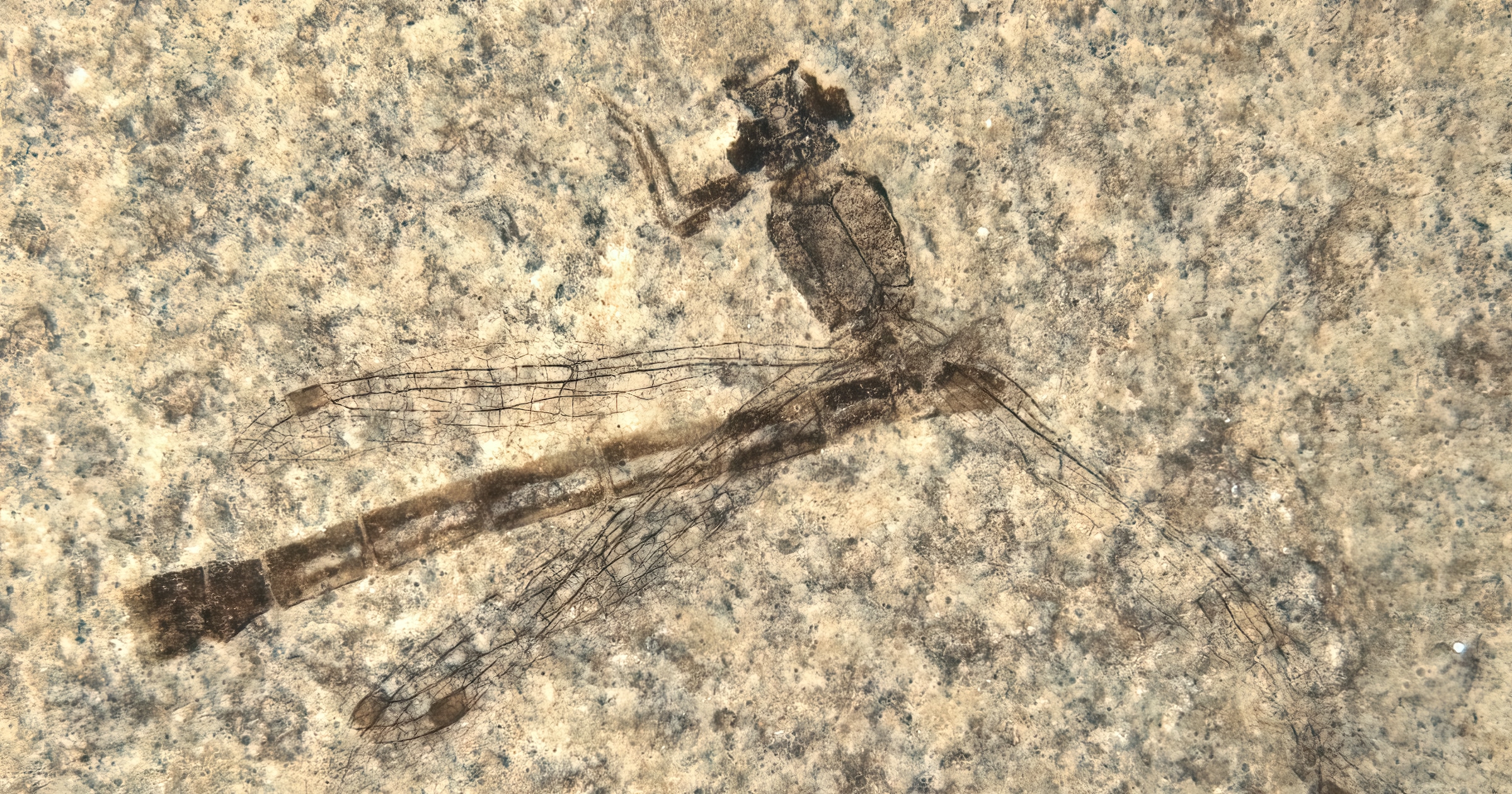 Evolution
Evolution
 Paleontology
Paleontology
Fossil Friday: Evolutionary Stasis in Fossil Damselflies Challenges Darwinism

This Fossil Friday features a beautiful fossil damselfly from the Upper Jurassic limestone of Painten in Bavaria, Germany, which is about 152 million years old. I acquired this remarkable fossil for the collection of the Natural History Museum in Stuttgart in 2012 (no. SMNS 70154) and scientifically described it as a new genus and species, Jurahemiphlebia haeckeli, a few years later (Bechly 2015, 2019). It represents the oldest fossil record of crown group Zygoptera and belongs to the damselfly family Hemiphlebiidae.
For a lay person it would hardly be distinguishable from its living relative Hemiphlebia mirabilis from Australia, even sharing the tiny size of just 11 mm wing length and the characteristic wing venation. Such cases of evolutionary stasis present a conundrum and challenge for neo-Darwinism, which can only be explained away with ad hoc hypotheses like stabilizing selection under unchanging ecological conditions. However, the profound changes in geography, climate, and vegetation since the Late Jurassic make the assumption of a stable habitat quite implausible. Also, it looks like natural selection is considered as a “magic wand” that can be highly creative and transformative or highly conservative and stabilizing.
How convenient. Sounds like the old saying: If the cockerel crows from his favorite spot, the weather may change or again it may not. In the hard sciences such universal explanations that can explain everything and rule out no possible observations are usually considered empirically empty and worthless. Not so in modern evolutionary biology, which tells a lot about its dubious status as a “hard science.” It is instead an unfalsifiable assemblage of fancy just-so stories and ad hoc explanations, a kind of meta-narrative for a naturalistic worldview but not a serious science on par with physics or chemistry.
Sources
- Bechly G 2015. [Chapter] Insekten (Hexapoda). pp. 239-270 in: Arratia G, Schultze HP, Tischlinger H & Viohl G (eds). Solnhofen – Ein Fenster in die Jurazeit. 2 vols. Pfeil Verlag, Munich (DE), 620 pp.
- Bechly G 2019. New fossil Odonata from the Upper Jurassic of Bavaria with a new fossil calibration point for Zygoptera. Palaeoentomology 2(6), 618-632. DOI: https://doi.org/10.11646/palaeoentomology.2.6.13
